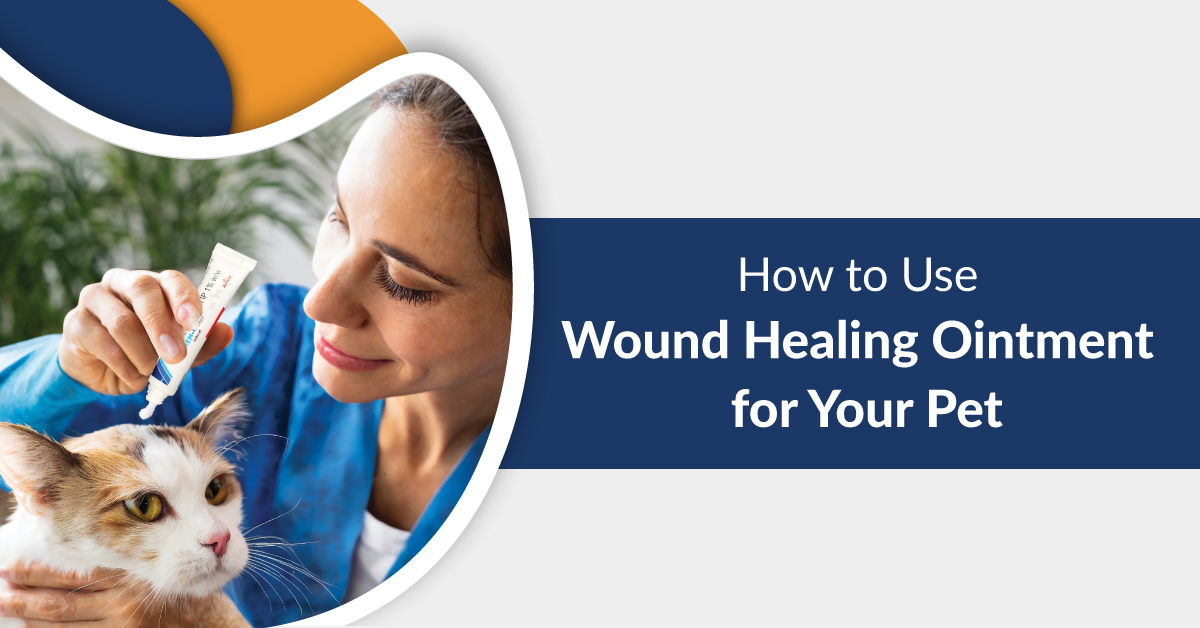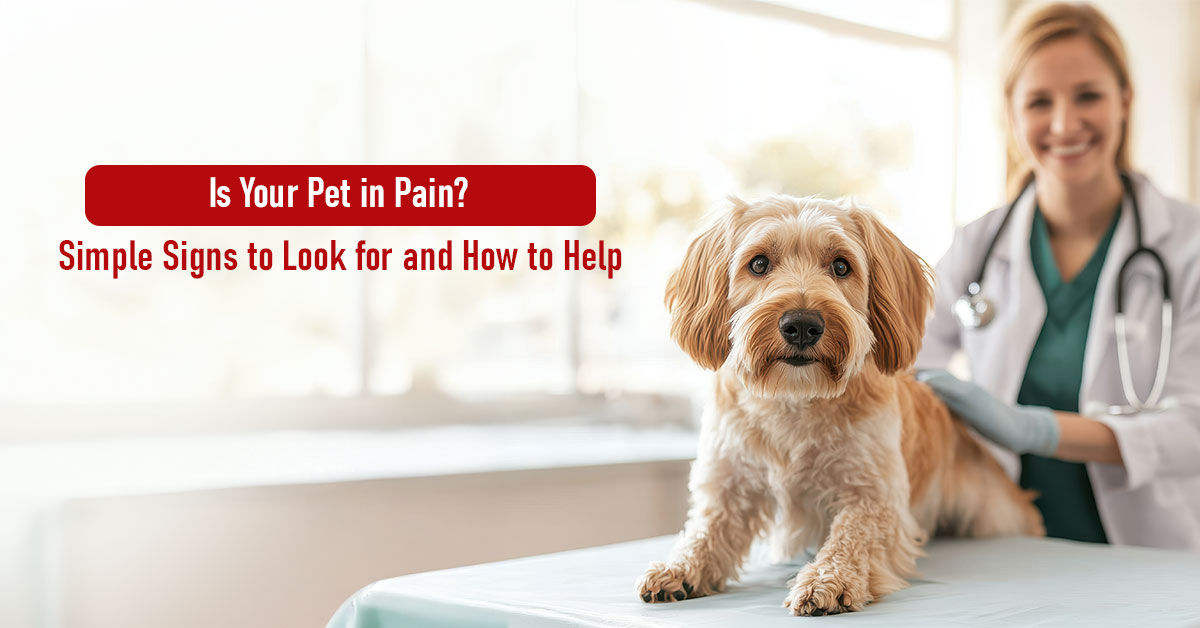Table of Contents
More from Blog
Vet-Approved Guide: How to Use Wound Healing Gel for Your Pet (2025)
Sep 25, 2025

Your pet’s wound healing gel is a must-have for fast, safe recovery from injuries. The healing process in pets occurs in four stages — inflammation, repair, regeneration, and remodeling. The right pet wound care gel speeds up recovery, prevents infection, and ensures healthy skin repair.
Dogs and cats often suffer from cuts, abrasions, or rashes due to their playful nature. While the basic treatment process is similar, each pet’s skin type and healing speed differ. That’s why every pet parent should know how to use veterinary wound healing gel correctly for better results.
Why Wound Healing Gel Is Important for Pets
Pets can get injured during play, grooming, or fights. A vet-approved wound healing gel for pets acts as a first-aid essential to manage injuries at home.
Unlike traditional ointments, hydrogel-based wound healing gels provide a cooling, non-sticky texture that keeps the wound moist and promotes faster tissue regeneration. These gels form a protective, breathable barrier that allows oxygen flow while keeping out dirt, bacteria, and allergens.
Benefits of Using Pet Wound Healing Gel
- Creates a protective barrier that blocks bacteria and debris
- Maintains moisture balance for faster healing
- Soothes pain, redness, and inflammation
- Supports skin tissue regeneration and collagen formation
- Prevents scabbing, cracking, and itching
- Safe for dogs and cats, even if they lick the area
You can safely use wound healing gel for dogs and cats to treat:
- Minor cuts and abrasions
- Hot spots and skin rashes
- Bite marks and scratch wounds
- Surgical incisions (under vet supervision)
- Pressure sores in older pets
Scientific studies show that moist wound healing products like hydrogel wound dressings stimulate angiogenesis and cell repair, resulting in stronger, scar-free healing.
How to Apply Wound Healing Gel Correctly
Proper application is the key to effective healing. Always wash your hands and, if possible, wear disposable gloves.
Step-by-Step Application Guide
-
Clean the Wound:
Use clean water or a saline solution (1 tsp salt + 2 cups water). For contaminated wounds, a mild antiseptic like chlorhexidine solution can be used.
-
Avoid Harsh Chemicals:
Do not use hydrogen peroxide, alcohol, or tea tree oil, as they can damage healthy tissue and delay healing.
-
Dry the Area:
Gently pat the wound with sterile gauze or a soft cloth.
-
Apply the Gel:
Spread a thin, even layer of wound healing gel over the wound surface. Avoid thick application — light coverage ensures optimal oxygen flow.
-
Cover if Needed:
For larger wounds, apply sterile gauze and secure it lightly with a bandage. Ensure it’s comfortable and not too tight.
-
Monitor and Reapply:
Reapply 2–3 times daily or as directed by your veterinarian. Check for swelling, redness, or discharge. If symptoms worsen, seek vet attention immediately.
To stop pets from licking or scratching, use a pet recovery collar (E-collar) during the healing phase.
Special Care Tips for Different Pets and Wounds
For Dogs:
Dogs usually heal faster due to thicker skin and stronger collagen response. Still, frequent cleaning and proper gel application prevent infection and reduce scarring. Avoid tight bandages that restrict blood flow.
For Cats:
Cats’ wounds heal slower, often taking up to three weeks for complete tissue growth. Always keep sutures or bandages in place as advised by your vet. Avoid removing them too early to prevent wound reopening.
For Bite or Deep Wounds:
Bite injuries need special attention because they often trap bacteria. Clean thoroughly, apply antimicrobial wound healing gel, and consult a vet for antibiotics if needed.
For Hot Spots or Itchy Skin:
Apply cooling soothing wound gel 2–3 times daily to relieve itching, redness, and inflammation. Prevent excessive scratching by trimming fur near the area.
For Facial or Paw Wounds:
These areas are hard to bandage. Apply the gel carefully and check twice a day for any signs of infection or swelling.
Conclusion
Using a veterinary wound healing gel is one of the safest, most effective ways to manage pet injuries at home. These gels create a moist, bacteria-free environment, help reduce pain, and accelerate tissue repair.
Remember:
- Clean the wound thoroughly
- Apply a thin layer of pet wound healing gel
- Monitor for infection and reapply as needed
- Consult your vet for deep or persistent wounds
With consistent care, your furry friend will heal faster, stay comfortable, and return to their playful self in no time.
A quick response and proper gel use can prevent minor injuries from turning into serious complications. When in doubt, always consult your veterinarian for expert guidance.




